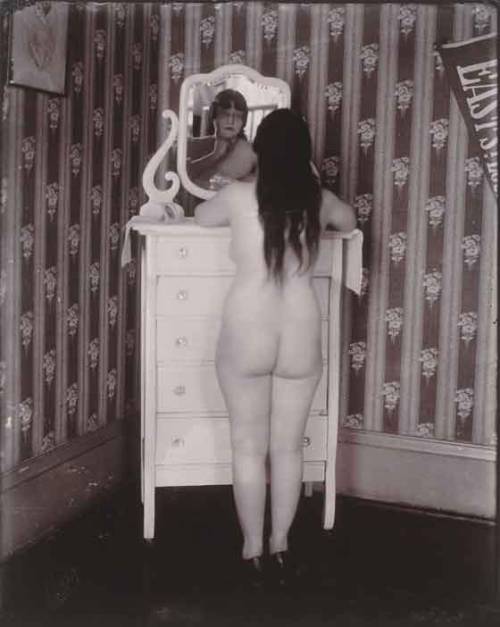It's a hot August afternoon down in the bayou and you've been dropped off to your grandmother's house for the summer because your mother is tired of you complaining that you hate living in New England. Your cousins, who grew up in the bayous, have teased you for your accent and the way you dress, decided this is the afternoon to "show" you something in the attic. Thinking it's one of their never ending pranks to scare you or get you in trouble ( the attic is a forbidden place for a 14 year old), you wait until your grandmother goes into the kitchen to begin snapping the beans for dinner. There is no central air in the old house and you're thankful that as you and your cousins sneak up the old creaky steps to the attic that your grandmother can't hear the beads of sweat dropping on the ancient wooden floors over her gospel music. Once you've reached the attic and the flashlights are pulled out you follow your cousins to the darkest corner of the attic that's covered in cobwebs and rodent droppings, to an decrepit wooden trunk that has seen better days. They tell you to take the flashlight and peer in; at first glance you don't see anything but some old faded papers and a dusty bible, but they tell you to open a hidden compartment in the bottom of the trunk. Once it's open out falls old photographs on which the images have faded and are hidden in the shadows. Your oldest cousin takes the flashlight from your hands and points it to the old photos and almost immediately you are taken away by the half naked women. Under the pictures is a leather bound journal...
( Photos taken by E. J. Bellocq)
In 1917, John Ernest Joseph Bellocq began photographing working women in the legalized red light district of Storyville in New Orleans. Bellocq established himself as a professional through his photographic record of landmarks and of ships and machinery of local companies , but became known for the images he captured for his personal portfolio. Images such as those above give us a true to life visual record of the working women in New Orleans in the early 20th century.
Nearly 100 years later I , too, am attempting to reconstruct a true to life record of the lives of these women through the archaeological record. There's a time and place for everything and thus at this time I won't introduce myself or the true purpose of this blog; this first post I want to you to begin considering these women, not as prostitutes, but as wives and mothers who were working to feed their families and survive in New Orleans at the turn of the century.
This first post comes at the perfect moment in my journey to investigate the lives of these women. In a few short weeks I will make the trip from Gainesville, FL to New Orleans, LA to participate in an archaeological field school run by the University of New Orleans. As I share my journey as a young, African American archaeologist working on my thesis research at the University of Florida, I want you to as my reader to consider the questions you would have asked your grandmother should you have found these photos in a trunk in her attic.
Nearly 100 years later I , too, am attempting to reconstruct a true to life record of the lives of these women through the archaeological record. There's a time and place for everything and thus at this time I won't introduce myself or the true purpose of this blog; this first post I want to you to begin considering these women, not as prostitutes, but as wives and mothers who were working to feed their families and survive in New Orleans at the turn of the century.
This first post comes at the perfect moment in my journey to investigate the lives of these women. In a few short weeks I will make the trip from Gainesville, FL to New Orleans, LA to participate in an archaeological field school run by the University of New Orleans. As I share my journey as a young, African American archaeologist working on my thesis research at the University of Florida, I want you to as my reader to consider the questions you would have asked your grandmother should you have found these photos in a trunk in her attic.
Until next time...



I would say "Grandma what the hell ..." lol jk. Good luck this summer. You should also link up with Justin Hosbey. He's going to be doing his dissertation work there this summer.
ReplyDelete